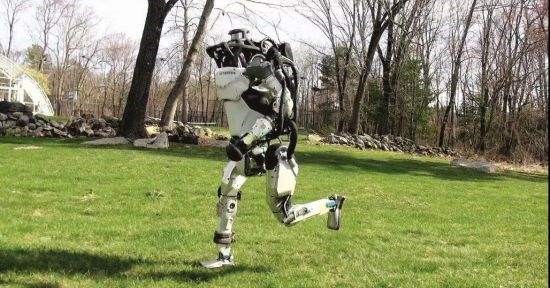
Introduction
Section 1: Concept and characteristics of bionic robots
Section 2: Development course of robots
Section 3: Teaching tasks of bionic robots
Chapter 1 Robot mechanism
Section 1: Composition and classification of robots
Section 2: Main technical parameters of robots
Section 3: Mechanical structure and movement of robots
Chapter 2 Robot information acquisition technology and application examples
Section 1: Necessity of robotic sense organs
Section 2: Principle, mode and process of machine sensation
Section 3: Classification of robot sensors
Section 4: Application examples of robot sensors
Chapter 3 Robot information processing technology and application examples
Section 1: Principles and Methods of Information processing Technology
Section 2: Classification of information processing technology
Section 3: Examples of application of information processing technology
Chapter 4 Robot hand and its application examples
Section 1: Definition of robot hand
Section 2: Requirements for robot hand design
Section 3: Robot hand classification
Section 4: Examples of robot hand applications
Chapter 5 Fuselage and walking mechanism of the robot
Section 1: Freedom and motion of the first fuselage
Section 2: Typical structure of the second fuselage
Section 3: Constitution of walking mechanism
Section 4: Classification and characteristics of walking mechanism
Chapter 6 Robot drive and its application
Section 1: Concept and characteristics of drives
Section 2: Performance of the driving system
Section 3: Classification and application of drivers
Chapter 7 Robot positioning technology and its application
Section 1: Definition of positioning technology
Section 2: Development course of positioning technology
Section 3: Beidou Navigation Technology and Application
Chapter 8 Robot future development prospect
Section 1: Research achievements of bionic robot
Section 2: Development direction of bionic robot
